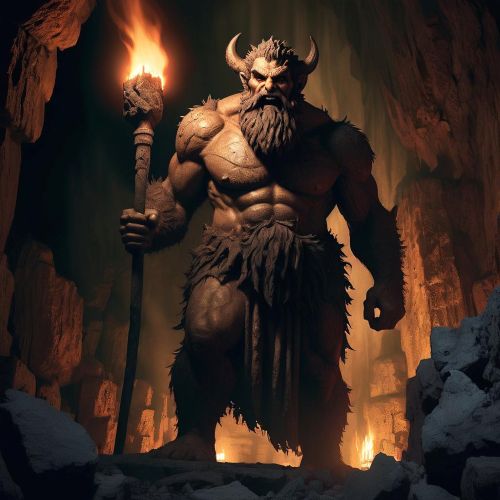Etruscan Mythology
Etruscan mythology is one of the most fascinating yet lesser-known traditions of the ancient Mediterranean world. Flourishing in central Italy before the rise of Rome, the Etruscans developed a rich spiritual system that blended indigenous beliefs with influences from Greek and Near Eastern traditions. Their mythology centered on a pantheon of gods, rituals, and practices that revealed a profound concern with destiny, divine will, and the afterlife. Much of what we know about Etruscan mythology comes from inscriptions, funerary art, and Roman accounts, which often reinterpreted Etruscan deities in terms of their own gods. Despite these gaps, the mythology of the Etruscans remains unique, reflecting their cultural identity and their role as a bridge between earlier Italic beliefs and later Roman religion.
Among the most important figures in Etruscan mythology were Tinia, the sky god and ruler of the pantheon; Uni, the goddess of marriage and destiny; and Menrva, the goddess of wisdom, war, and protection. These deities, while resembling Zeus, Hera, and Athena of Greek mythology, had distinctly Etruscan qualities that emphasized fate and divine authority. The Etruscans believed the gods communicated their will through signs such as lightning and animal behavior, which priests called haruspices interpreted through divination. This focus on reading divine messages shows how deeply spirituality permeated Etruscan life, guiding both personal decisions and state policies. Their mythology was not only about storytelling but about shaping human action in accordance with divine law.
The Etruscan underworld and beliefs about death also played a central role in their mythology. Unlike the more structured Greek vision of Hades, Etruscan myths depicted the afterlife as complex and filled with both benevolent and terrifying beings. Figures such as Charun, a death demon, and Vanth, a winged spirit guiding souls, appeared frequently in funerary art, symbolizing the journey from the mortal world to the realm of the dead. These mythological depictions emphasized the inevitability of death but also suggested that divine guides accompanied humans into the next stage of existence. Through rituals, tomb paintings, and offerings, the Etruscans kept their mythology alive in ways that celebrated life while preparing for what came after.
Etruscan mythology continues to intrigue scholars and enthusiasts today because of its influence on Roman religion and, by extension, Western cultural traditions. Many Roman gods, rituals, and practices were borrowed or adapted from Etruscan beliefs, particularly divination and temple design. Modern interest in Etruscan mythology highlights its role as a foundation for Mediterranean spiritual heritage, while its enigmatic aspects—since so much knowledge was lost—add to its allure. By studying Etruscan mythology, we gain insight into a civilization that shaped Rome’s spiritual landscape and left behind a mysterious legacy of gods, symbols, and rituals that still capture the imagination.


